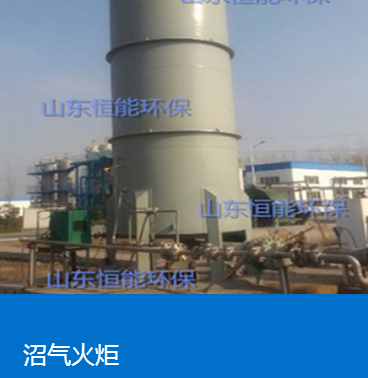除SO2外,燃煤還會產(chǎn)生少量的SO3。煙氣中SO3濃度為10-40ppm。由于煙氣中含有水(4%-12%),產(chǎn)生的SO3立即形成硫酸霧。當溫度較低時,硫酸霧凝結(jié)成硫酸,粘附在脫硫脫硝設備內(nèi)壁上,或溶解在洗滌液中。這是濕吸收器及相關(guān)設備嚴重腐蝕的主要原因。處理方法是采用耐腐蝕材料制作吸收塔,如不銹鋼、環(huán)氧玻璃纖維增強塑料、硬質(zhì)聚氯乙烯、陶瓷等。無論脫硫工藝如何,其環(huán)境效益顯著,但經(jīng)濟效益不確定。
In addition to SO2, coal combustion will also produce a small amount of SO3. SO3 concentration in flue gas is 10-40ppm. As the flue gas contains water (4% - 12%), SO3 generated immediately forms sulfuric acid mist. When the temperature is low, the sulfuric acid mist condenses into sulfuric acid, adheres to the inner wall of desulfurization and denitration equipment, or dissolves in washing solution. This is the main reason for the serious corrosion of wet absorber and related equipment. The treatment method is to use corrosion-resistant materials to make the absorption tower, such as stainless steel, epoxy glass fiber reinforced plastic, rigid polyvinyl chloride, ceramics, etc. Regardless of the desulfurization process, its environmental benefits are significant, but the economic benefits are uncertain.

許多脫硫方法都能獲得較高的脫硫效率,但脫硫能力不均勻并不是評判脫硫方法優(yōu)劣的惟一標準。除脫硫能力外,還取決于該方法的一般技術(shù)和經(jīng)濟狀況。
Many desulfurization methods can obtain high desulfurization efficiency, but the uneven desulfurization capacity is not the only standard to judge the advantages and disadvantages of desulfurization methods. In addition to the desulfurization capacity, it also depends on the general technical and economic conditions of the method.
一般來說,應考慮以下幾個方面:一是脫硫能力需要滿足環(huán)保要求;選用的工藝和可靠的操作技術(shù);選擇投資低、運行成本低的技術(shù);考慮廢物處理和二次污染:吸收劑需要有穩(wěn)定的來源、高質(zhì)量和低價格,這是一個非常重要的因素。
Generally speaking, the following aspects should be considered: first, the desulfurization capacity needs to meet the requirements of environmental protection; Select advanced technology and reliable operation technology; Select technologies with low investment and low operation cost; Consider waste treatment and secondary pollution: absorbent needs a stable source, high quality and low price, which is a very important factor.
相對而言,我國石灰石資源相對豐富、純度高、分布廣,但高純石膏的供應非常困難。副產(chǎn)品的處理需要一個場地和一個購物廣場作為誘導使用;所用煤的硫含量對脫硫工藝也有影響。選擇的重要因素需要是根據(jù)煤的含硫量來選擇合適的脫硫方法。
Relatively speaking, China's limestone resources are relatively rich, high purity and widely distributed, but the supply of high-purity gypsum is very difficult. The treatment of by-products requires a site and a shopping mall as inducement; The sulfur content of the coal used also has an impact on the desulfurization process. The important factor for selection is to select the appropriate desulfurization method according to the sulfur content of coal.
